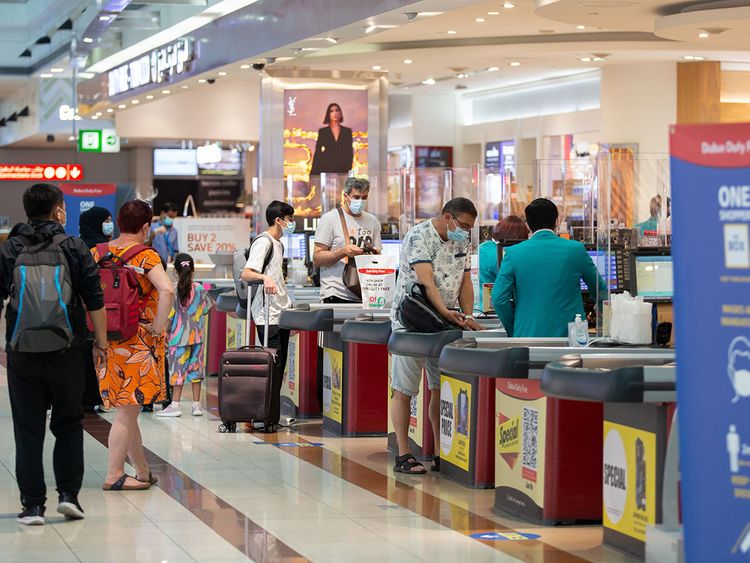EU Entry/Exit System Launching in October: Key Info for UAE Travelers

Starting in October 2025, the European Union will implement the Entry/Exit System (EES), a modernized border control system that will significantly impact travelers from the UAE.
This automated system will replace traditional passport stamps with electronic recording of entry and exit for non-EU nationals across 29 Schengen countries.
For more updates, connect with us on WhatsApp!
How EES Works
The EES is designed to enhance border security and streamline the movement of travelers. When entering or leaving a Schengen country, the system will collect essential information, including:
- Full name
- Travel document details
- Biometric data (fingerprints and facial scan)
- Date and location of entry or exit
This data will be stored for three years or until the passport expires, whichever comes first.
Key Changes for UAE Travelers
- Biometric Registration: On their first trip to a Schengen country post-launch, UAE travelers will need to register their biometric data. This process is a one-time requirement unless their passport changes or expires.
- No More Passport Stamps: The EES will eliminate manual passport stamping. Instead, entries and exits will be logged electronically, helping enforce the 90/180-day rule for stays in the Schengen Area.
- Faster Border Crossings: Over time, the EES aims to speed up border checks through automated e-gates. However, travelers may experience longer wait times during the initial rollout, especially at busy airports.

Countries Affected
The EES will apply to all 29 Schengen countries, including popular destinations like France, Germany, and Spain.
However, it will not affect internal borders, meaning countries like Ireland and Cyprus will continue to stamp passports manually.
As the EU prepares to launch the EES, UAE residents should familiarize themselves with these upcoming changes to ensure smooth travel to Europe.
With enhanced security measures and a focus on efficiency, the EES represents a significant shift in how travelers navigate borders in the Schengen Area.
Follow us on Facebook for the latest updates!
Read more
Gulf News







